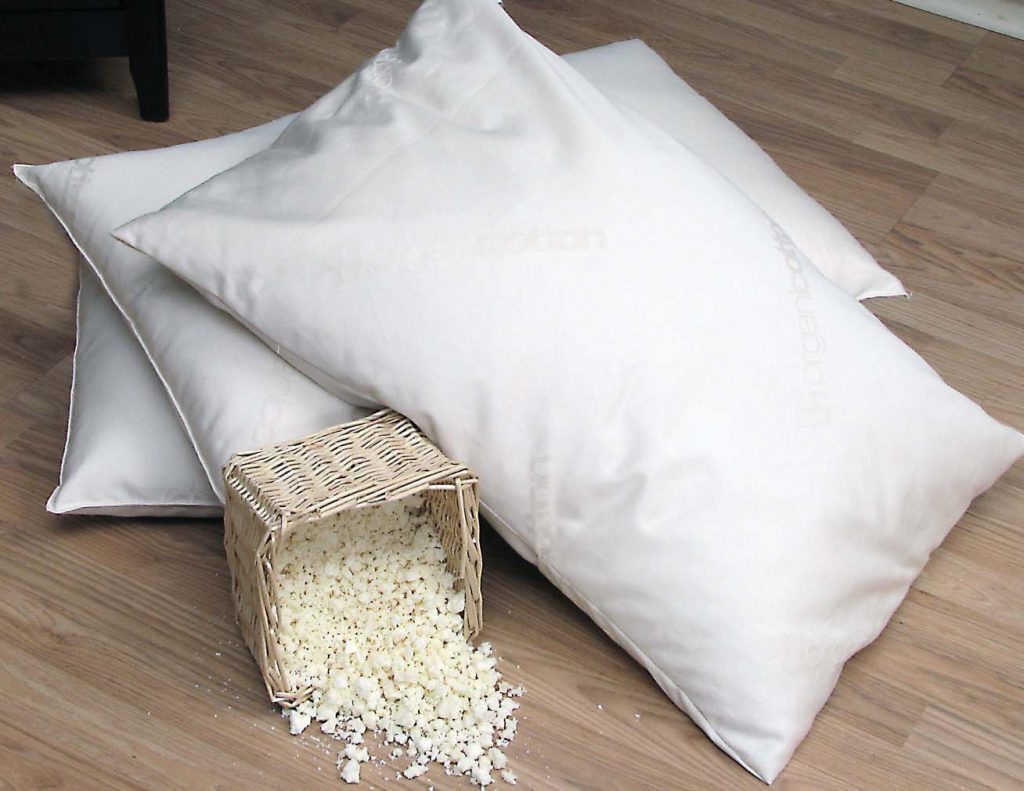By Kristina Vidug, Organic Lifestyle
Does your child suffer from allergy-type symptoms year-round that seem to worse in your home?
Is she constantly sneezing, wiping her nose, and complaining of headaches?
Dust mites may be to blame.
A dust mites allergy is one of the most common household triggers for a whole slew of allergy symptoms, and yet, it are often overlooked. Luckily, a few tips and tricks can help you manage the dust mite population living in your house, and, in the process, help manage the effects of the allergy.
But, first things first. What are dust mites, and why are they in my house?
Dust mites are microscopic creatures that thrive on, well, dust. Anywhere dust accumulates, dust mites are sure to be present, particularly on the material surfaces in your home—couches, carpets, bed sheets, even stuffed animals! It is not the mites themselves that people are allergic to, rather, it is the fecal matter they leave behind that triggers allergic reactions for many people. Dust mites thrive on a diet of minuscule pieces of human skin and animal detritus. Since we humans shed skin whether we like it or not—as do our pets—dust mites have access to an endless supply of nourishment—unless you take the necessary steps to cut them off.
Why are they bothering my children, but not me?
Children’s immune systems are still developing and are not as strong as an adult’s. It is children’s weaker immune systems that make them more prone to experience symptoms of dust mite allergy.
What are some typical symptoms of a dust mite allergy?
- Sneezing
- Itchy, runny nose
- Stuffy sinuses
- Poor sleeping habits resulting from the above symptoms that worsen at night
Why are my child’s symptoms worse late at night and in the morning?
Dust mite allergens are heavy a fall to surfaces such as the floor and bed. Allergy symptoms will worsen after a few hours of breathing in the dust mites, so it’s no surprise if your child is waking up with a runny nose and is a little cranky after a bad night’s sleep because her allergies kept her tossing and turning all night.
If you suspect your child has a dust mite allergy, what can you do to control the allergy?
Luckily, with some effort, dust mites in your home can be controlled which will help manage the symptoms of the allergy. Try as many of these steps as you can to keep your home allergen-free:
- Wash blankets, pillows, and sheets in hot water to kill mites
- Eliminate as many material surfaces as you can:
- Wood or vinyl floors instead of carpets
- Invest in a hypoallergenic pillow such as this dust-mite resistant shredded rubber pillow, encase existing pillows in dust mite resistant pillow cases and existing mattresses in mattress encasement covers
- Carefully clean all surfaces with a natural disinfectant
- Vacuum mattresses every couple of weeks
- Place stuffed animals in the freezer for 24-48 hours to kill the mites
- Manage humidity levels since dust mites thrive in humid conditions
As always, be sure to check with a medical professional before taking any health matters into your own hands.
Below are some sites that contain additional information and helpful tips for managing a dust mite allergy:
